A New Season. A New Team.
Back in June, we wrote about how the end of the year feels like a great time to make a "Hail Mary" pass. The end of a school year is a perfect opportunity to try something new, to take a curricular risk, to pilot a new unit. After all, you've spent a year learning the students in front of you. You have a sense of what they are able to do with ease and what they might be able to do with a nudge of support. Like in the final seconds in a football game, as the year ends we can make glorious attempts to wow the crowd and win the game.If the end of the year is a great time to take a risk on a new play in hopes of scoring in the final seconds, then the beginning of the year feels like you are standing in a crowded locker room, as the new coach of a new team, about to head out onto the field.

New coaches understand that players come to them having moves - sometimes rusty, sometimes stellar - but moves nevertheless. Truthfully, on occasions coaches do have that moment where they wonder how they are going to get the team off the ground. But great coaches don't give up, they see the potential in every player, and they isolate their players' individual strengths in order to nurture them throughout the season.Teachers have a similar experience with their classes at the beginning of the year. Just as football players know a little something (or a lot of something), and just may be new to the team, students know a little something (or a lot of something), and are just new to the class. Coaches and teachers can create opportunities where their players and students can showcase their strengths so that we're not starting our new season or new school year like we've never played the game before.We want to start our year - our season - by searching for what our students already know, what skills and strengths they have, what talent might be hiding just underneath the surface.So, in the spirit of the start of football season and the beginning of the school year, here are three ways to gather a new team of players, check out what they can do, and coach them to show their best moves at the start of the year.1. Host Try-OutsHave students show off their skills before the season begins. Perhaps begin the year with this metaphor of players trying out for a team. In this case, every student has made the cut, but explain that you will be planning small groups and lessons around what they show you during these try-outs. Share the fact that players bring their best to try-outs, showing all that they've got to the coaches and other players. You can even share the reversal, wondering what it would be like if a player showed up to football try-outs not showing off anything that she knows about the game.This metaphor of trying out could take many different forms when you teach reading and writing. One way is to host Reading Skill Try-Outs for your students. Give students small stacks of stickie notes, letting them know that during the day's class their main job is to show off their reading skills.If your class is more Junior Varsity, you might give students a list of popular reading skills they've worked on in the past, like inference, retell, making predictions. Students then read for a bit, stopping to highlight some of these skills in action. If your class is more Varsity, you might have students annotate the text, and sort their most popular skill work after the fact with partners, naming the skills they do most often when unprompted by a teacher.After these Reading Skill Try-Outs, students can reflect on their work and set goals for future work, like this 5th grade in Brooklyn: 2. Organize a ScrimmageScrimmages are helpful because they allow players to practice a game or match amongst teammates before meeting the opponent or playing in regular season. Scrimmages are perfect for pre-season play, as they allow players to get a feel for the game on a whole and create environments for players to put all their skills together to give their best performance.One way to organize a scrimmage in writing class is to have students compose a writing piece 'on-demand.' Writing on-demand is like a scrimmage because students show everything they've got in a draft of a whole writing piece, whether they compose a short fictional scene, persuasive letter or small moment from their life.The Teachers College Reading and Writing Project has helped teachers design on-demands for years, launching new writing units of study with opportunities for students to show what they know from the very beginning of the unit. On-demands create a sort of 'game-time' feeling, as teachers encourage students to write a piece that shows all that they know about narrative, persuasive or informational writing. Teachers study these on-demands the way football coaches study play tape - looking for skills that shine through with profiency and skills that skill need coaching.Here is a sample of an on-demand prompt:
2. Organize a ScrimmageScrimmages are helpful because they allow players to practice a game or match amongst teammates before meeting the opponent or playing in regular season. Scrimmages are perfect for pre-season play, as they allow players to get a feel for the game on a whole and create environments for players to put all their skills together to give their best performance.One way to organize a scrimmage in writing class is to have students compose a writing piece 'on-demand.' Writing on-demand is like a scrimmage because students show everything they've got in a draft of a whole writing piece, whether they compose a short fictional scene, persuasive letter or small moment from their life.The Teachers College Reading and Writing Project has helped teachers design on-demands for years, launching new writing units of study with opportunities for students to show what they know from the very beginning of the unit. On-demands create a sort of 'game-time' feeling, as teachers encourage students to write a piece that shows all that they know about narrative, persuasive or informational writing. Teachers study these on-demands the way football coaches study play tape - looking for skills that shine through with profiency and skills that skill need coaching.Here is a sample of an on-demand prompt: Other samples of on-demand prompts can be found in the new TCRWP Units of Study in Opinion, Informational and Narrative Writing3. Have Students Design a Quarterback's Playbook The next time you are watching football (or ignoring the game that's on in the background), take a look at the quarterback between plays. You'll sometimes see a quarterback taking a look at their wrist before calling a play, like this:
Other samples of on-demand prompts can be found in the new TCRWP Units of Study in Opinion, Informational and Narrative Writing3. Have Students Design a Quarterback's Playbook The next time you are watching football (or ignoring the game that's on in the background), take a look at the quarterback between plays. You'll sometimes see a quarterback taking a look at their wrist before calling a play, like this: Many quarterbacks keep a list of plays taped to their wrists so that they can make quick choices in the moment. These are plays the quarterback (and the team) know well and have practiced, but they need a little reminder in the midst of the game.In the beginning of the year, students can make their own Quarterback Playbooks, where they design their own wristbands with plays, or strategies, they know how to do well, but just need a visual reminder during the game, or reading/writing time. (And be sure to pick up Jen Serravallo's new book, The Literacy Teacher's Playbook, out this fall for more!)You can show students an actual example of a quarterback playbook wrist band like this:
Many quarterbacks keep a list of plays taped to their wrists so that they can make quick choices in the moment. These are plays the quarterback (and the team) know well and have practiced, but they need a little reminder in the midst of the game.In the beginning of the year, students can make their own Quarterback Playbooks, where they design their own wristbands with plays, or strategies, they know how to do well, but just need a visual reminder during the game, or reading/writing time. (And be sure to pick up Jen Serravallo's new book, The Literacy Teacher's Playbook, out this fall for more!)You can show students an actual example of a quarterback playbook wrist band like this: Or make your own to show as a model:
Or make your own to show as a model: As we begin our work with this new team of students, let's remember that these kids have played the game before. It's worth it to spend a little bit of time before the kickoff of the first or second units finding out what the class knows how to do, and how you can support them from the sidelines.Big Idea: Using Prior Knowledge Tiny Detail: Ways to Remind Students Use What they Know in New Learning Situations-Kate & Maggie
As we begin our work with this new team of students, let's remember that these kids have played the game before. It's worth it to spend a little bit of time before the kickoff of the first or second units finding out what the class knows how to do, and how you can support them from the sidelines.Big Idea: Using Prior Knowledge Tiny Detail: Ways to Remind Students Use What they Know in New Learning Situations-Kate & Maggie

